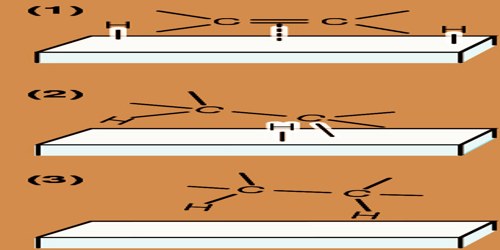S waves are a type of seismic wave that travels through the Earth’s interior during an earthquake. S waves, secondary waves, or shear waves (sometimes called elastic S waves) are a type of elastic wave and one of the two main types of elastic body waves, so named because they move through the body of an object, as opposed to surface waves. They are also known as secondary waves or shear waves. They are distinguished by their sideways or transverse motion, which causes rocks to vibrate perpendicular to the wave propagation direction.
S waves are transverse waves, which means that the direction of particle movement is perpendicular to the direction of wave propagation, and shear stress is the primary restoring force. As a result, S waves cannot propagate in liquids with zero (or very low) viscosity, but they can in liquids with high viscosity.
S waves are slower than P waves and can only travel through solids because they require a medium that can withstand shear stresses. S waves have this property, which allows scientists to determine the nature of the Earth’s interior by analyzing how they are reflected or refracted as they pass through different layers of the Earth.
The name secondary wave comes from the fact that they are the second type of wave detected by an earthquake seismograph after the compressional primary wave, or P wave, because S waves travel more slowly in solids. Unlike P waves, S waves cannot travel through the Earth’s molten outer core, creating a shadow zone opposite their origin. They can still propagate through the solid inner core: when a P wave strikes the boundary of the molten and solid cores at an oblique angle, S waves form and propagate in the solid medium.
When these S waves hit the boundary again at an oblique angle, they will in turn create P waves that propagate through the liquid medium. This property allows seismologists to determine some physical properties of the Earth’s inner core.
Unlike P waves, which can travel through both solid and liquid materials, S waves cannot travel through the Earth’s liquid outer core. As a result, S waves are not detected on the opposite side of the Earth from the earthquake. The presence or absence of S waves in various regions of the Earth reveals important details about the state and composition of the Earth’s interior.
















